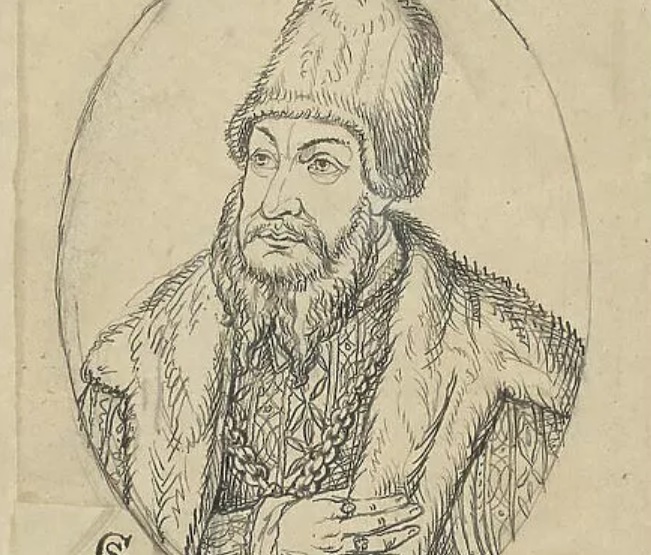Małgorzata Łazicka, University of Warsaw
The mobility of artists and artisans, involving moving from one place to another in order to gain experience, find employment or set up a business, was a common practice in sixteenth-century central Europe. The case of Crispin Scharffenberg is instructive as it illustrates the close relations between the Polish Kingdom and Silesia. Born probably in 1519 in Lauban (Lubań) in the region of Upper Lusatia, he was educated in Kraków, then moved to Görlitz (Zgorzelec) and finally settled in Wrocław, where he stayed until his death in 1576.
As the owner of a significant printing house in Silesia, Scharffenberg established contacts with other publishers, schools and city authorities in Polish cities such as Poznań, Kraków, Chełmno and Toruń. The aim of this paper is to trace the publisher’s cultural and business connections, which can be evidenced by the surviving books and woodcuts. Furthermore, the following research questions will also be addressed: What kind of printed materials were ordered? Were Crispin’s prints and woodblocks in circulation, or were they only used in his publishing house? Were the connections he established maintained by Scharffenberg’s successor?
Małgorzata Łazicka is an art historian, a curator of Old Master Prints in the Print Room of the University of Warsaw Library and a Ph.D. candidate at the Doctoral School of Humanities at the University of Warsaw, where she also received MA in art history. Her research is focused mainly on the 16th-century graphic arts of German-speaking countries. One of the results of her research was a catalogue of prints by Barthel and Sebald Beham from the collection of the Print Room (2019). The subject of her Ph.D. thesis concerns Crispin Scharffenberg as the woodcutter and printer. She is also a member of the project Colour Printing and Print Painting in the Kingdom of Poland and Grand Duchy of Lithuania (ca. 1470-1600) researching, inter alia, painted prints and technical aspects of print colouring (2020-2023).
